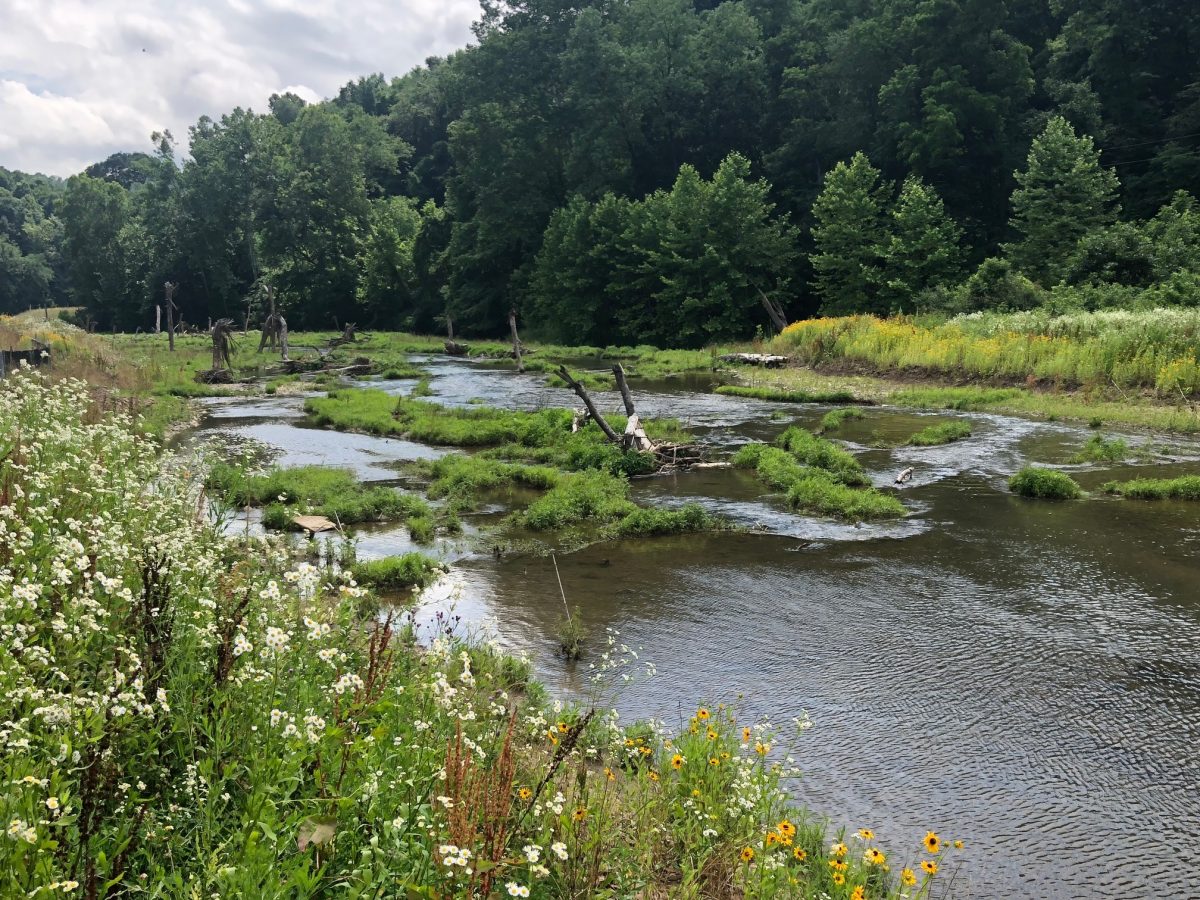Environmental Mitigation

Minimizing impact through mitigation.
Mitigation projects are often mandated by regulations that require the replacement of natural ecosystems that development is permitted to impact. This replacement resource is called an offset.
Sites that generate offsets are often put under permanent conservation to ensure the ecosystem benefits are preserved in perpetuity.
The most commonly impacted ecosystems requiring mitigation offsets are wetlands, streams, and species habitats. Some states require mitigation for other locally specific types of impacts, such as water storage in Florida. Nutrient credits are a related type of offset, required to protect water quality, and are common in Virginia and other watersheds in the Chesapeake Bay area.
Visit our state pages or browse our mitigation map to see credits available in your state.
I think a lot of us in this company, we’re at our heart kind of problem solvers and we like challenges. Because if you can solve that challenge, it’s incredibly rewarding with the people you’re working with, and also the customer you’re working with, and the agencies. And challenges come up on big, complex projects all the time.
Jon Kasitz
RES Client Solutions Manager
Solutions Concepts
- 404 Clean Water Act (CWA) mitigation
- Endangered Species Act (ESA) mitigation
- National Environmental Policy Act (NEPA) mitigation measures
- Wetland and stream mitigation
- Species habitat mitigation
- Native vegetation and pollinator habitat
- Large-scale environmental restoration (LSER, landscape-scale restoration)
Advantages
- Prevention of habitat loss
- Biodiversity
- Self-sustaining habitats
- Improved water qualit
Unique NbS Benefits
Establishes protected ecosystems and habitats in watersheds where development is active, creating offsets where they are needed the most. Mitigation provides ecological restoration that typically would not otherwise happen.
What RES stands for
Committed to long-term stewardship of mitigation sites, ensuring sites reach self-sufficiency.
